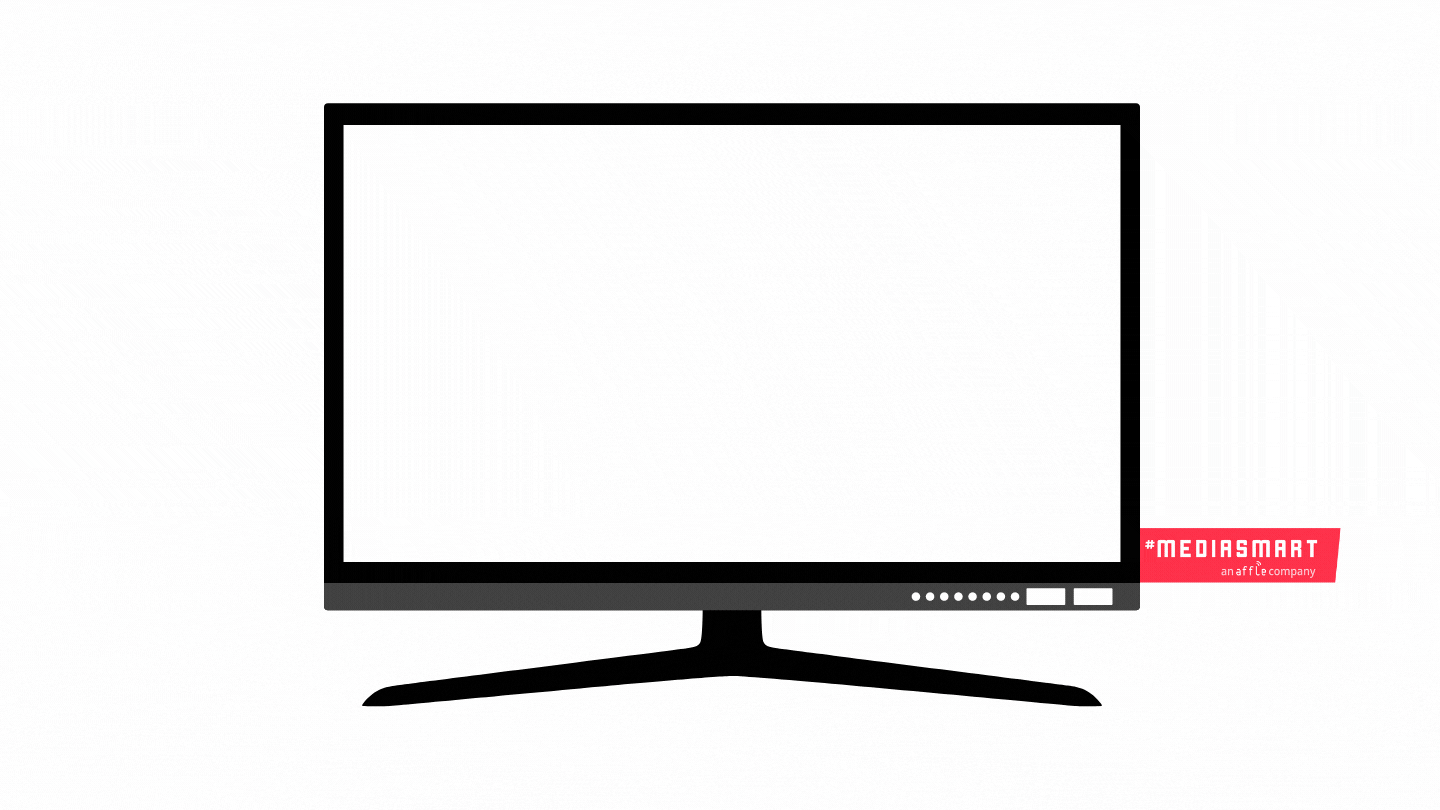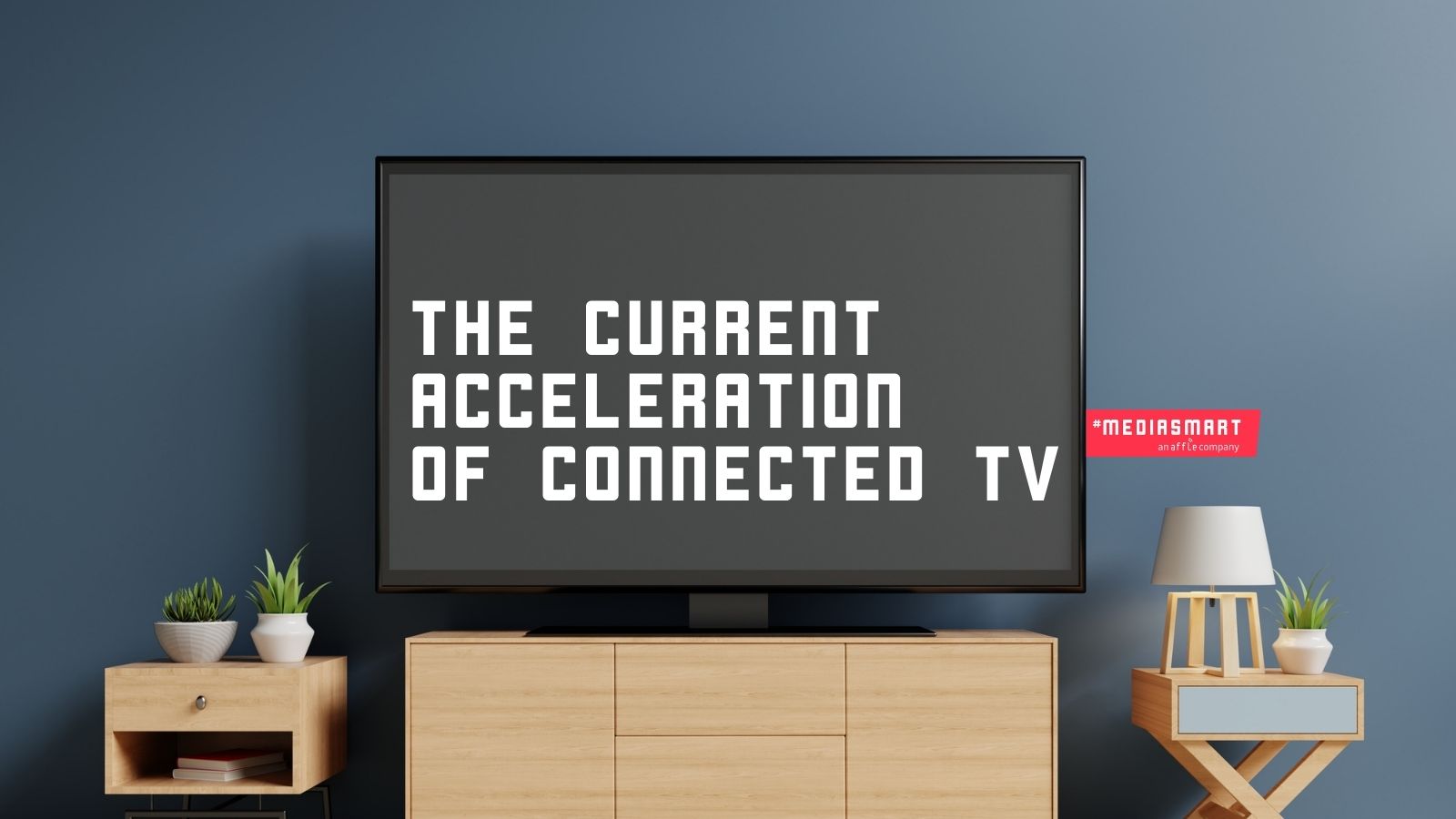Blog
Announcements, analysis and opinions on industry trends around the mobile programmatic world.

Subscribe now, and receive the latest programmatic content directly on your inbox!
Thank you for subscribing to our newsletter
Let us face it, Connected TV (CTV) has been around for some time already. I am sure that at some point you heard that either 2020 or 2021 "is the year of CTV". Around 8.11 billion USD were spent on CTV advertising in 2020 in the United States alone[1]. eMarketer also expects the investment to go up to 11.36 billion USD in 2021 and 18.29 billion USD by 2024. The IAB declares that more than half of buyers are shifting budgets from Broadcast (53%) and Cable TV (52%) advertising towards CTV. Why are advertisers spending more on CTV? Overly simplifying, people spend more time at home and consume more content on CTV, Advertisers want to be where their target audience is. The reality of what is happening is more complex.
Connected TV replacing cable and traditional TV
Internet-based viewing options have replaced antennas and cable, ditching traditional TV. Mainly because the user experience is a million times better. The user can choose what to watch and when to do it. Replay, fast-forward or rewind on a whim; anyone is in full control of his or her entertainment. With the launch of new technology such as Amazon Watch Party, the experience is even better. Not only you can watch what you want when you want it but socialization is also possible while keeping everyone 'safe' at their own houses.
The pandemic made us spend more time at home than ever before. That has boosted kitchen renovations but also the purchase of better tech equipment. Yet, households affected by difficulties generated because of the pandemic had the need to cut their spending on entertainment and streaming platforms are cheaper than Cable. It is expected that by 2023, 82% of American households will be using CTVs and 44% will even cut linear TV altogether.[2] The estimation is that by the end of 2021 almost 30% of CTV viewing households in the US will be cord-cutters, according to BusinessWire. It is estimated that 76% of individuals in Norway have access to smart TVs in their households. Not far, the penetration of smart TVs in households in the US, Germany, Denmark, Sweden and Finland is over 50%.[3]
Democratization of Video on Demand
It used to be true that younger audiences were more likely to be CTV viewers, but no longer are they, exclusive users. Older demographics are getting up to date, as made evident by the CTV viewership numbers from the US; wherein 2020, 45.7 million viewers were Gen Z; 56.5 million millennials; 48.5 million Gen X; and 32.8 million for baby boomers.[4] 
Worldwide the estimation is that Subscriptions to Video on Demand (SVOD) will increase 65%. That is to say, 591 million new subscriptions between 2020 and 2026, reaching nearly 1,495 million SVOD in 138 countries.[5] It is also notable that production for digital platforms is exploding, with The growth of CTV devices and OTT platforms, changing how content is viewed across devices.
DigitalTVresearch also assesses that the growth is international. By 2026, the US and China would together account for 48% of the global total SVOD (down from 59% in 2020), while SVOD is expected to triple in other countries, such as India. India is expected to triple their SVOD and reach 155 million in 2026 (10% of the world’s total). For more data on the status of CTV in India, don't miss out on our India CTV report 2021.
It is easier and more efficient to buy impressions on CTV
Long gone are the days when buying impressions on a big screen required humongous budgets, lots of planning and a media agency specializing in TV. As inventory on CTV is sold and bought programmatically, it is easier for advertisers to buy impressions on larger screens. Proof of that is that, according to Innovid, in the span of just one year, the CTV ad impression share increased by 178%[6]. While doing that, CTV overtook desktop and accounts for one-third of all digital impressions.
Buying ads on CTV has inherent benefits. To name a few, as we pointed out in our 5 reasons why brands must get online with Advertising on Connected TV post:
- measurement of impressions served and ad viewed
- frequency capping
- tracking and attribution of conversions
- enrichment with data, be it the advertisers' or third-party data.
- it allows more complex strategies that include syncing with other devices.
Yes, you can sync your CTV ads with devices within the same household, up to 24h after serving the first impression. It sounds exciting, doesn't it?
Want to know more about our ability to sync CTV ads with other devices with our Household sync technology? Get in touch with us today!
[1][4] Source: eMarketer, US Connected TV Advertising 2020.
[2] Source: Statista, Access to smartTV in households worldwide.
[3][6] Source: Innovid, the State of Connected TV Report 2020.
[5] Source: DigitalTVResearch
Topics: connected tv, ctv report, CTV, OTT
%20(1).jpg)

